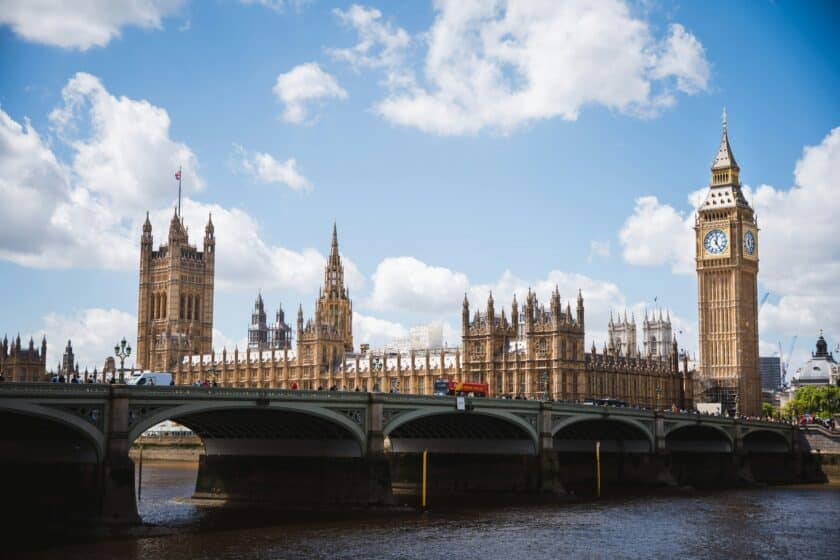Year-on-year increases in people receiving the state pension means the government must now critically assess its sustainability, says Ian Cook, chartered financial planner at Quilter Cheviot.
The latest benefits statistics from the Department for Work and Pensions reveals that the number of people receiving the state pension has grown to 12.9 million as of May 2024, a 1.7% increase on the previous year.
This increase highlights the continued demographic shift as the population ages, piling ever more strain on the system. At the same time, the introduction of the new state pension in 2016 is driving significant change, with 4.1 million now receiving the updated benefit—a 21% rise in just a year. However, these figures are underscored by the stark reality that 510,000 people ceased to receive the older state pension, reflecting accelerated mortality rates.
Following its election victory, Labour reaffirmed its commitment to maintaining the triple lock. While the policy is undeniably popular, it raises critical questions about fiscal sustainability.
The triple lock guarantees annual increases to the state pension based on the highest of inflation, average earnings growth, or 2.5%, ensuring that retirees are protected against cost-of-living increases. However, this guarantee comes at a significant and growing cost, particularly as the number of pensioners continues to rise.
The truth is that during the cost-of-living crisis the retired have been protected to a greater degree than other parts of the population. Other data out today shows that non-retired households continue to experience a higher annual rate of inflation (2.3%) in the year to September 2024 than retired households (1.1%).
The state pension statistics show there is now much less gender disparity for those receiving the new state pension versus the old. This is because the new state pension addressed some inequalities inherit in the old system – many women received lower pensions because they had fewer qualifying years of National Insurance contributions, often due to career breaks to raise children or due to part-time work.
Now, the new state pension provides credits for periods of caring responsibilities. Also, the new state pension removed the earnings-related component (what was SERPS), which often benefited men more due to higher lifetime earnings. All of these additions and changes have helped to level the playing field somewhat.
Labour’s planned review of pensions and retirement savings now presents an opportunity to critically assess whether the triple lock remains appropriate in the long term. The government must navigate a complex balancing act which still protects the incomes of current pensioners while ensuring that the system remains fair and affordable for younger generations.
One potential reform Labour could explore is linking future pension increases more closely to average earnings growth. This approach would ensure pension increases align with economic performance, making the system more predictable and sustainable over time.
However, any reform must be carefully managed to maintain public confidence in the system while addressing the intergenerational tensions that are becoming increasingly difficult to ignore.
The government must take bold, evidence-based decisions rather than defer the challenges to the next election cycle.
Main image: jacob-diehl-d80dS3gesa8-unsplash





























